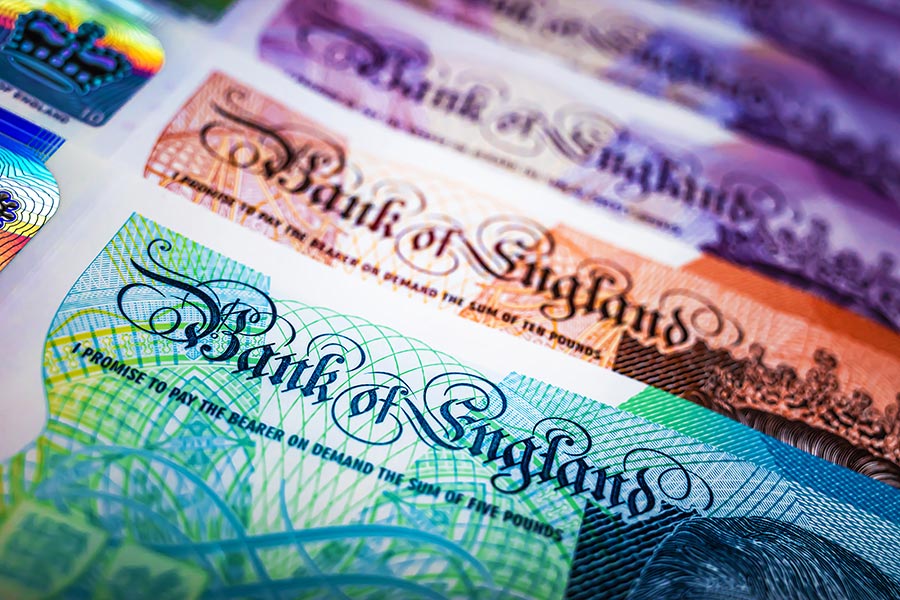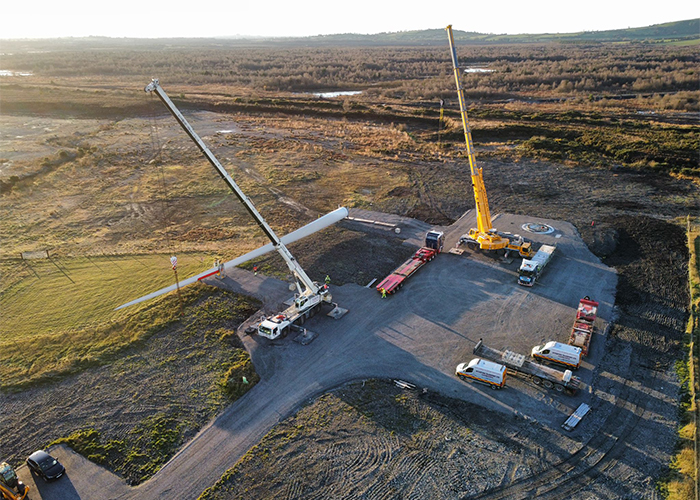UK House Prices Skyrocket at Fastest Pace This Year—What This Means for Your Investment Portfolio Right Now
Ever wonder if the UK housing market is actually catching its breath — or sprinting towards some unseen finish line? Well, hold onto your hats, because house prices just clocked their fastest rise since January, nudging the average home value up 0.4% to a whopping £298,237 this July. After a mere 0.1% crawl in June, this jump’s got everyone buzzing — especially since it puts prices 2.4% ahead of last year’s tally. And just when you thought borrowing costs might keep squeezing buyers, the Bank of England slashed its benchmark rate by 25 basis points down to 4%, offering fresh air for hopeful homeowners. But here’s the kicker — even with this upbeat vibe, the market’s not all sunshine and roses; affordability is slowly inching forward, and regional price swings are anything but uniform. So, is now the moment to jump in — or should we buckle up for the twists ahead? Dive in and get the full lowdown right here: LEARN MORE.
UK house prices rose at the fastest pace since the start of the year, according to data from Halifax, writes David Connett.
The average price of a home climbed by 0.4 per cent to £298,237 in July, after it gained just 0.1 per cent the previous month.
The increase was the biggest since January and left property values 2.4 per cent higher than the same time last year.
And the Bank of England provided further support to homebuyers when it announced a cut in the benchmark borrowing rate by 25 basis points to 4 per cent.
House prices have now settled following a dash to beat the April stamp duty tax relief deadline for some home buyers.
Property sales dropped immediately after the deadline. “Challenges remain for those looking to move up or on to the property ladder,” Amanda Bryden, Halifax’s head of mortgages, said.
“But with mortgage rates continuing to ease and wages still rising, the picture on affordability is gradually improving. We expect house prices to follow a steady path of modest gains through the rest of the year.”
She said that while the national average remains close to a record high, prices still varied widely across the country.
Northern Ireland continued to be the strongest-performing area, with house prices up 9.3 per cent. In Wales they rose 2.7 per cent while in Scotland they lifted 4.7 per cent.
Within England, the North West region and Yorkshire and the Humber recorded the strongest growth – of 4 per cent.
The South West and South East of England experienced more modest growth, with prices rising 0.2 per cent and 0.5 per cent respectively.
Alice Haine, personal finance analyst at Bestinvest, said: “Activity is picking up, driven by increased listings, easing borrowing costs and a relaxation of mortgage lending rules.
“At a time when inflation appears to be creeping upwards, a quarterpoint cut by the Bank – the fifth since August last year – may seem like a curious decision from the rate-setting Monetary Policy Committee.
“However, the move reflects a delicate balancing act between curbing rising prices and boosting demand.”

Nathan Emerson, chief executive of property professionals’ body Propertymark, said: “Lenders are adapting to market trends by offering more competitive products.
“However, with the average deposit needed to purchase a home now exceeding £60,000, more support is needed to make home ownership a realistic aspiration for more people.”




















Post Comment